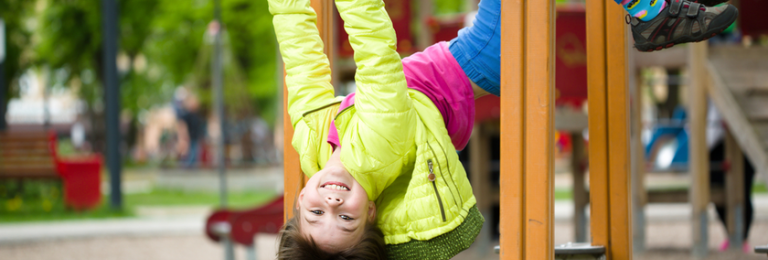The senses of movement
Everyone knows how important a diverse set of experiences that stimulates all five of our senses is for development. We encourage children to touch, taste, listen, look and smell all of the things in our environment. These tactile senses are critical to our development allow us to explore and make sense of the world. But have you ever thought about your other senses? The ones that help you move, keep you upright and let you know where your limbs are? These are your vestibular and proprioceptive senses.
Vestibular system
The task of the vestibular system is to facilitate balance, postural behaviour and orientation. Through diverse activities, the vestibular system not only helps us understand our orientation, the information received from outside stimuli and the movement of the body itself also creates new understanding and neural connections. The vestibular system also activates the muscles and processes used for reading, writing, eye tracking, speech, communication and expression. If a child lacks a variety of movements and experiences of different orientations, language development and emotional regulation may also be hindered.
Proprioceptive system
The proprioceptive system makes it possible for us to be aware of our own movements and to perceive the location of our body parts in space without a visual reference to them. For example, by reading this sentence about your feet you are acutely aware where they are, without seeing them behind your screen or desk. Receptors in our muscles adjust to joint angle, length of muscles and movements of your head. These elements allow us to develop body, spatial and directional awareness. If a child’s proprioceptive system is underdeveloped, they may be ‘clumsy’ and crash in to things and other people.
Now you know about these systems, how can we develop and build them? Activities that encourage hanging upside down, falling, spinning, acceleration and deceleration, swinging, jumping, stretching, squeezing, pushing, pulling and almost anything you can think of! The message here is to take note of the activities that your child or children are engaging in and make sure that there is a variety of experiences that involve multiple heights, orientations and positions for the body. During quieter times, you can also comment on how you can feel your fingertips or your tummy going up and down.
Both the vestibular and proprioceptive systems are important aspects for human development throughout our lives, and with some intentional activities and thoughtful planning we can make sure they are strong, developed and active.
Source: Chris Wright
